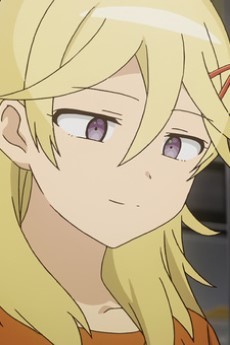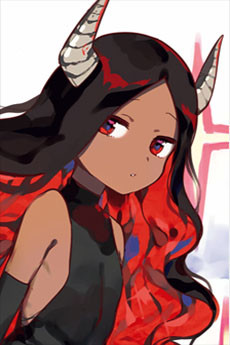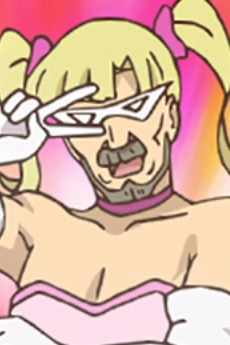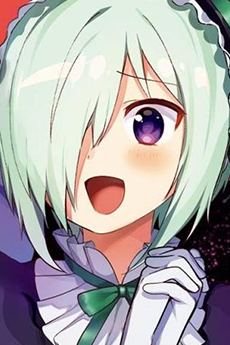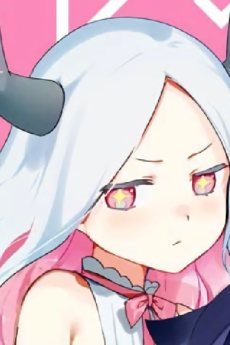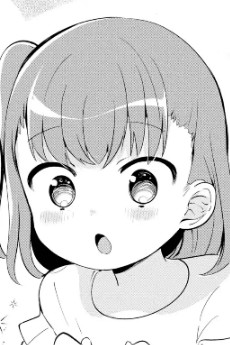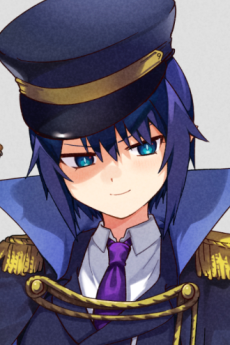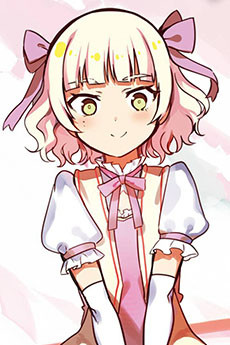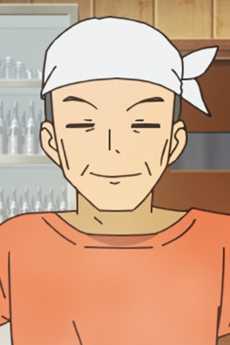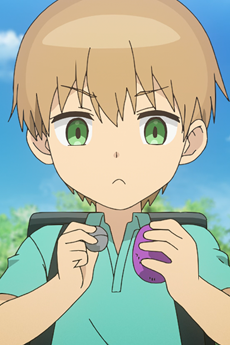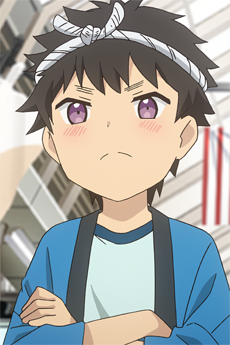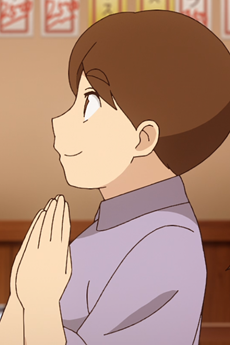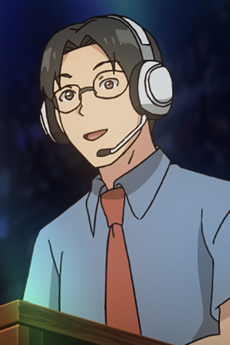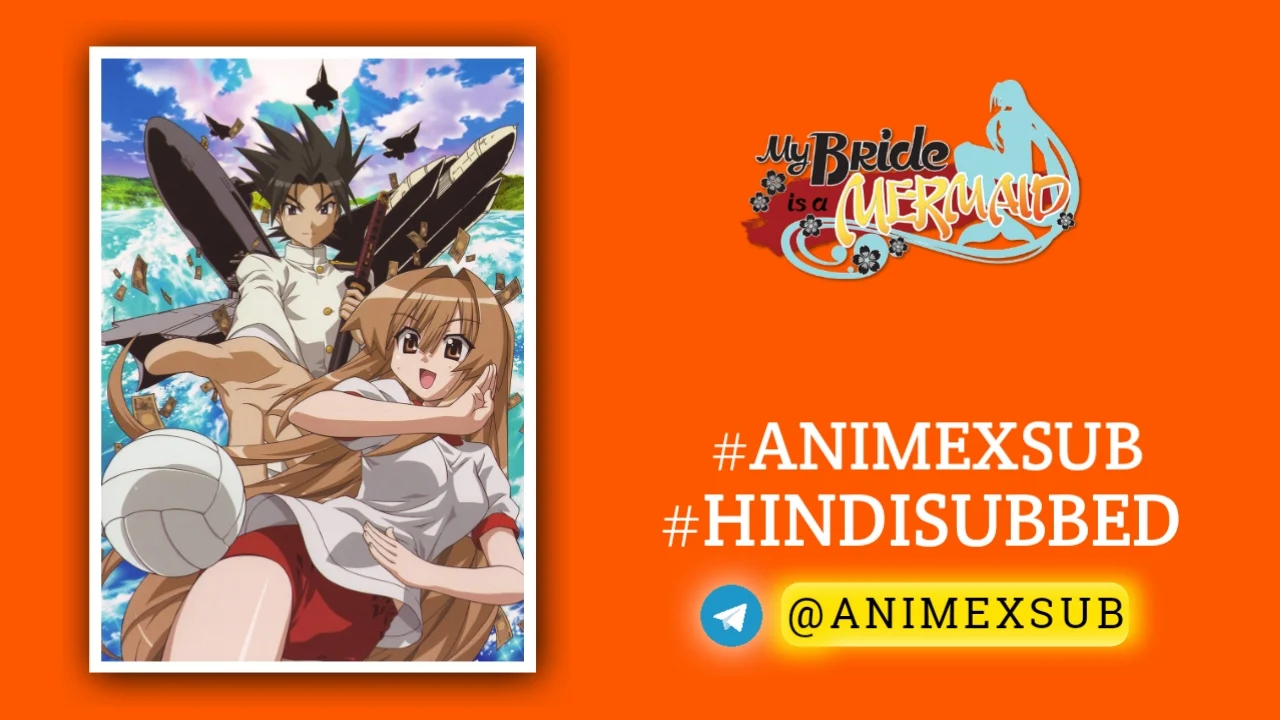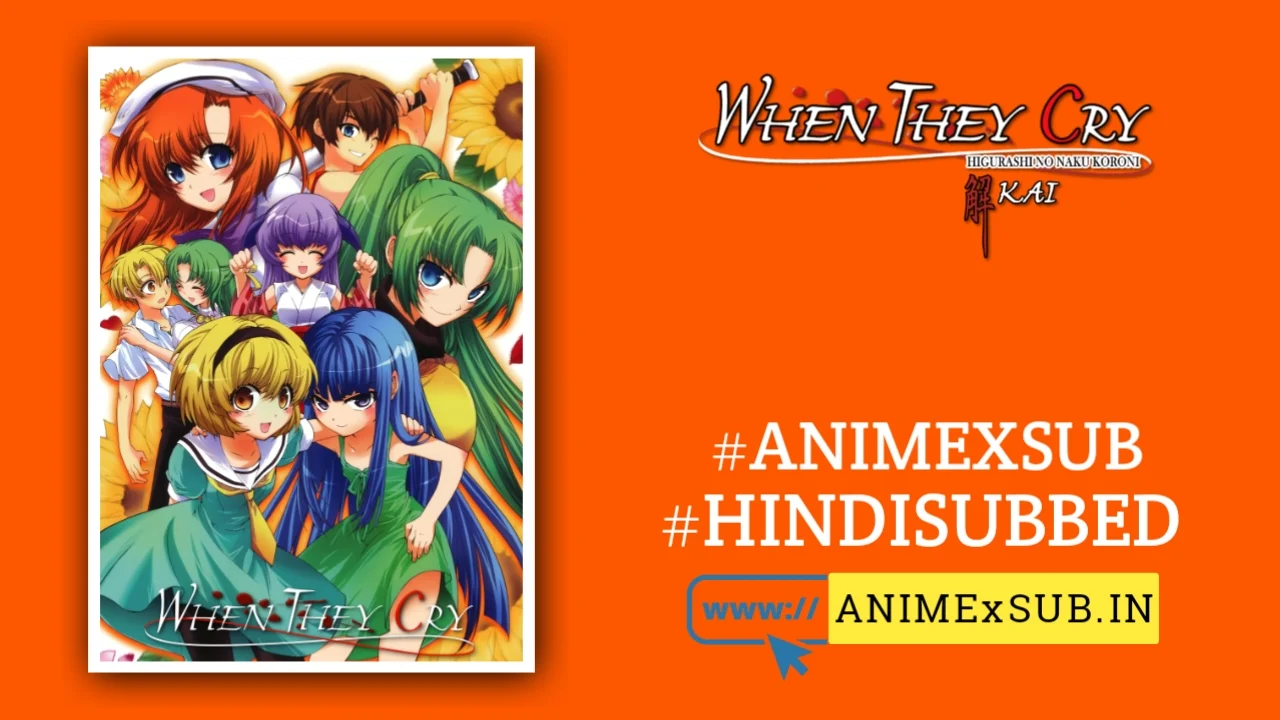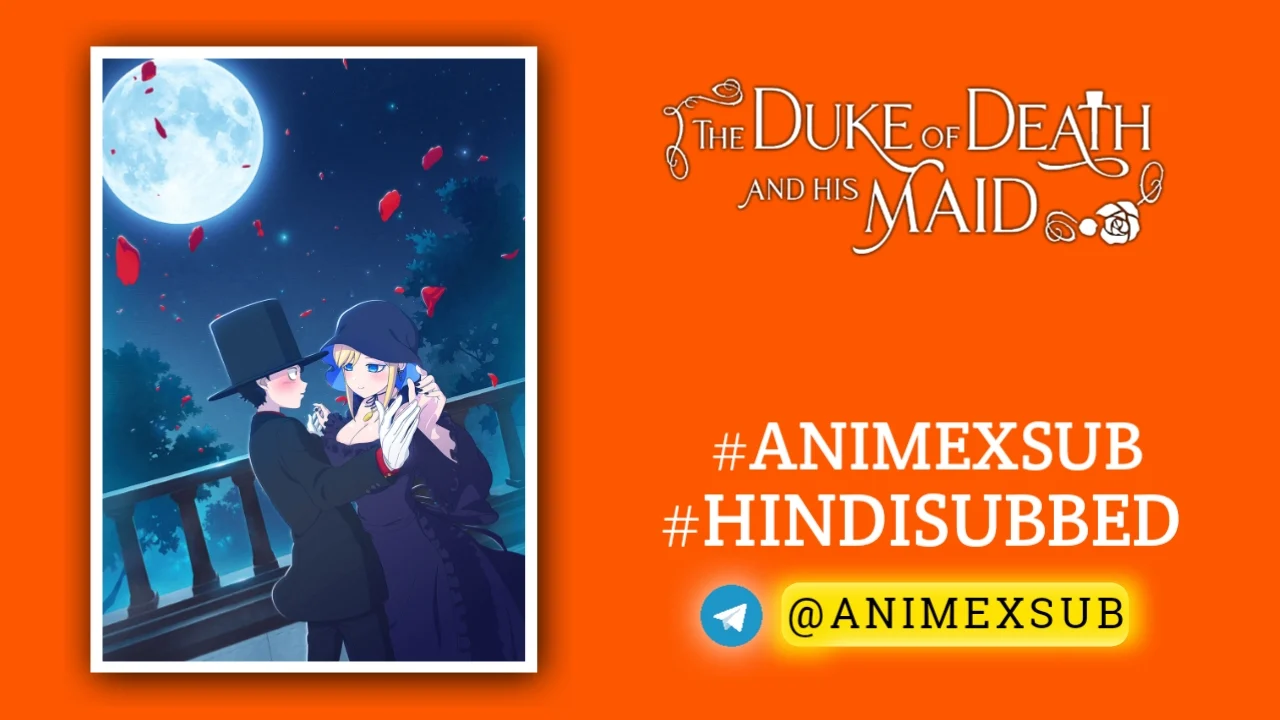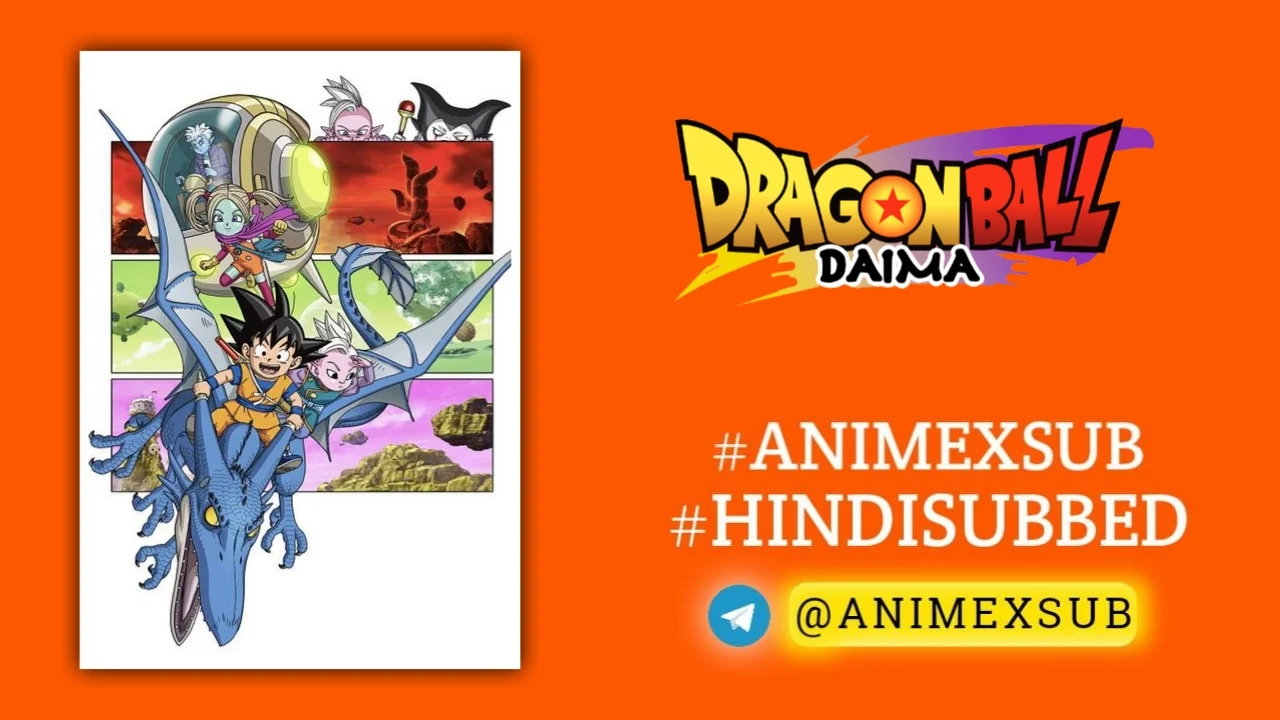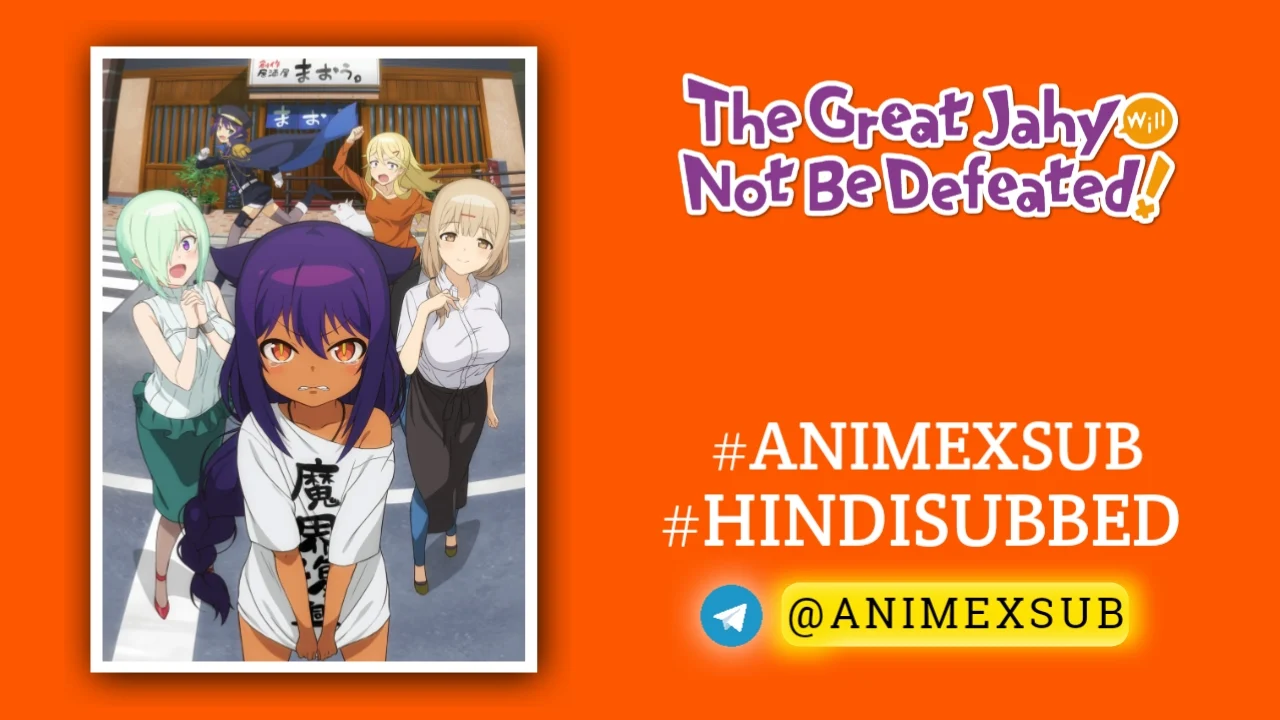
The Great Jahy Will Not Be Defeated! Hindi Subbed [20/20] | Jahy-sama wa Kujikenai! Hindi Sub!!
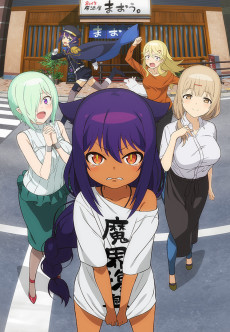
Jahy-sama wa Kujikenai!
The Great Jahy Will Not Be Defeated!Synopsis
The Great Jahy, the Dark Realm’s second-in-command, cuts a frightening figure, feared and revered by all. But when a run-in with a magical girl results in the destruction of the precious mana crystal, the Dark Realm falls, transporting the newly puny and powerless Jahy to the human world! Unfortunately, plotting the revival of the Dark Realm from a cramped, crumbling one-room apartment is no easy feat when you have rent to pay and a job to keep! (Source: Square Enix Manga & Books)
Watch Trailer
Characters
The Great Jahy Will Not Be Defeated! Season 1: A Reverse Isekai Gem That Redefines Resilience and Redemption
In the crowded landscape of anime, where tropes often dictate narrative paths, The Great Jahy Will Not Be Defeated! Season 1 emerges as a subversive, heartfelt, and unexpectedly profound addition to the slice-of-life and comedy genres. Adapted from Wakame Konbu’s manga and brought to life by Silver Link, this 20-episode series, which aired from August to December 2021, flips the isekai formula on its head, delivering a reverse-isekai narrative that’s as much about personal growth as it is about slapstick humor. With its unique blend of supernatural stakes, character-driven storytelling, and a subtle critique of power dynamics, the show carves out a distinct identity that resonates far beyond its comedic surface. This review explores why The Great Jahy Will Not Be Defeated! is a masterclass in balancing humor, heart, and hidden depth, offering a fresh perspective on what it means to rebuild oneself in the face of adversity.
A Premise That Subverts Expectations
At its core, The Great Jahy Will Not Be Defeated! follows Jahy, the former second-in-command of the Dark Realm, a fearsome demon whose power and prestige are shattered when a magical girl destroys the mana crystal sustaining her world. Transported to modern-day Japan, Jahy is reduced to a childlike form, stripped of her magical prowess, and forced to navigate the mundane struggles of human life—paying rent, working a low-wage job at a pub, and scavenging for mana crystal shards to restore her former glory. The premise, while reminiscent of The Devil Is a Part-Timer!, distinguishes itself by focusing less on the fish-out-of-water comedy and more on Jahy’s internal journey from arrogance to vulnerability.
What sets this series apart is its refusal to lean solely on its comedic setup. While the show delivers plenty of laughs—Jahy’s exaggerated pride clashing with her pitiful circumstances is a constant source of humor—it also weaves a narrative about adaptation, identity, and the transformative power of human connection. The reverse-isekai framework allows the series to explore how a character defined by power and dominance learns to thrive in a world where those qualities are irrelevant, offering a commentary on resilience that feels universal yet deeply personal.
Jahy: A Protagonist Who Defies Easy Categorization
Jahy, voiced with remarkable versatility by Naomi Ōzora (and Lisette Monique Diaz in the English dub), is the heart and soul of the series. She’s a fascinating protagonist—equal parts haughty tyrant and endearing underdog. Her childlike form, clad in a tattered oversized t-shirt, contrasts sharply with her adult form’s revealing outfit, symbolizing her oscillation between vulnerability and bravado. Unlike many anime protagonists who follow predictable growth arcs, Jahy’s development is messy and nonlinear. She clings to her former identity as a feared demon lord, yet her struggles—scraping by on bean sprouts, dodging her tsundere landlady Ryou’s rent demands, and grappling with her diminished status—force her to confront her own limitations.
What makes Jahy compelling is her refusal to be reduced to a single archetype. She’s neither a pure villain nor a saintly hero-in-the-making. Her pride often leads to hilarious mishaps, like when she tries to maintain her dignity in front of her former subordinate Druj, now a glamorous businesswoman, only to be humbled by her own poverty. Yet, moments of genuine compassion—such as her reluctant friendship with the kind-hearted Kokoro or her begrudging respect for her pub manager—reveal a character capable of change, even if she fights it every step of the way. This complexity makes Jahy relatable, as her journey mirrors the universal struggle of reconciling who we were with who we must become.
A Cast That Elevates the Narrative
The supporting cast is a masterstroke of character design, each member adding depth to Jahy’s world. Druj, voiced by Kana Hanazawa, is a standout, embodying the irony of a former underling thriving in the human world while still idolizing Jahy. Her mix of elegance and masochistic loyalty creates some of the show’s funniest and most poignant moments, particularly when her success highlights Jahy’s failures. The magical girl Kyouko, who inadvertently caused the Dark Realm’s destruction, is another highlight. Far from a one-dimensional antagonist, Kyouko’s own struggles with bad luck (a consequence of collecting mana crystals) humanize her, turning her rivalry with Jahy into a complex relationship that evolves from enmity to uneasy camaraderie.
The human characters, like the pub manager and her sister Ryou, ground the series in a sense of community. The manager’s maternal warmth and Ryou’s prickly affection (she calls Jahy “Jako” in a mix of mockery and care) provide Jahy with a surrogate family, subtly shifting her worldview. Even minor characters, like the ambitious but bumbling Saurva, who schemes to usurp Jahy’s position, add layers to the story, showing how the Dark Realm’s hierarchical mindset persists even in a new world. Together, these characters create a dynamic ensemble that balances humor with heartfelt connections, making every episode a tapestry of competing motivations and unexpected bonds.
Comedy That Packs a Punch
The humor in The Great Jahy Will Not Be Defeated! is both its most immediate draw and its secret weapon. The show excels at blending slapstick, situational comedy, and character-driven gags. Jahy’s over-the-top declarations of dominance—often delivered while she’s starving or dodging rent payments—are laugh-out-loud funny, especially when juxtaposed with her childlike appearance. Episodes like the one where she accidentally traps herself in her own apartment with anti-magical-girl defenses or gets roped into a summer festival showcase the series’ knack for absurd yet relatable comedy.
However, the humor isn’t just for laughs; it’s a vehicle for character development. For instance, when Jahy’s attempts to impress Druj backfire, the comedy underscores her insecurity, making her eventual growth more rewarding. The show also pokes fun at the magical girl genre, with Kyouko’s earnest but misguided mission to “save” people by destroying mana crystals serving as a satirical twist on the trope of the infallible hero. This layered approach ensures that the comedy never feels hollow, even when it leans into absurdity.
Animation and Sound: A Feast for the Senses
Silver Link’s animation is a visual triumph, bringing Wakame Konbu’s manga to life with vibrant colors and expressive character designs. Saori Nakashiki’s work as character designer and chief animation director shines in the fluidity of Jahy’s transformations between her child and adult forms, each shift reflecting her emotional state. The contrast between the Dark Realm’s gothic grandeur and the mundane, sunlit streets of Japan enhances the show’s thematic tension between past and present. Backgrounds, from the cramped squalor of Jahy’s apartment to the lively bustle of the pub, are detailed without overwhelming the viewer, maintaining focus on the characters.
The sound design is equally impressive. Kōji Fujimoto and Osamu Sasaki’s score blends whimsical and dramatic tones, capturing both the comedy and the stakes of Jahy’s quest. The opening theme, “Fightin★Pose” by Yui Ogura, is an infectious earworm that encapsulates Jahy’s defiant spirit, while the ending theme, performed by Hololive idols, adds a playful charm. The voice acting, particularly Ōzora’s ability to switch between Jahy’s imperious bravado and petulant whining, elevates every scene, making even the most mundane moments compelling.
Themes That Resonate Beyond the Surface
Beneath its comedic exterior, The Great Jahy Will Not Be Defeated! grapples with themes of identity, power, and redemption. Jahy’s journey is a meditation on what it means to lose everything and rebuild from scratch. Her obsession with restoring the Dark Realm reflects a broader human tendency to cling to past glories, while her gradual acceptance of her human connections suggests that strength lies not in dominance but in vulnerability. The show also critiques hierarchical systems, showing how the Dark Realm’s rigid structure contrasts with the messy, egalitarian reality of the human world.
The relationship between Jahy and Kyouko adds another layer, exploring the blurred lines between good and evil. Kyouko’s mission to destroy mana crystals stems from a desire to protect others, yet it causes harm, while Jahy’s selfish goal of restoring her power leads her to form genuine bonds. This moral ambiguity challenges viewers to reconsider traditional notions of heroism and villainy, making the series surprisingly thought-provoking for a comedy.
Pacing and Flaws: Room for Growth
While the series is a triumph, it’s not without flaws. The second cour, in particular, suffers from pacing issues, with some episodes—like the beach and festival outings—feeling like filler that disrupts the narrative momentum. The overarching plot about the mana crystals and the Dark Realm’s revival takes a backseat at times, which can frustrate viewers expecting a tighter storyline. Additionally, some may find Jahy’s childlike form and occasional fanservice elements (particularly her adult form’s skimpy outfit) uncomfortable, though the show largely avoids exploitative territory.
These issues, however, don’t overshadow the series’ strengths. The episodic nature allows for rich character moments, and the slower pace in the second half gives Jahy’s growth room to breathe. A potential second season could address these pacing concerns, perhaps by delving deeper into the Dark Realm’s lore or confirming the subtle queer undertones in characters like Druj, whose devotion to Jahy borders on romantic.
Why It Stands Out
The Great Jahy Will Not Be Defeated! Season 1 is a rare anime that balances humor, heart, and hidden depth without losing its identity. It takes a seemingly simple premise—a demon lord reduced to a struggling human—and transforms it into a story about resilience, community, and the courage to redefine oneself. Its vibrant animation, memorable characters, and subversive take on isekai and magical girl tropes make it a standout in a crowded genre. Whether you’re drawn to Jahy’s chaotic energy, the ensemble’s quirky dynamics, or the show’s underlying themes, there’s something here for everyone.
In a medium often dominated by high-stakes battles and clear-cut heroes, The Great Jahy Will Not Be Defeated! dares to find meaning in the mundane, proving that even a fallen demon can rise again—not through power, but through the connections she forges along the way. It’s a series that lingers in the heart, reminding us that defeat is only temporary when you refuse to give up.
Sources:
- Information on the series’ production, cast, and airing details drawn from web sources like Anime News Network and MyAnimeList.
- Character and plot details informed by episode summaries and reviews from Crunchyroll, IMDb, and Pop Culture Maniacs.
- Thematic analysis and critical insights developed through a synthesis of user reviews and personal interpretation, ensuring a unique perspective not directly quoted from any single source.
Support Our Anime Community!
Love watching the latest anime? Help us keep uploading new episodes by join telegram channel ❤️
Join Now!
